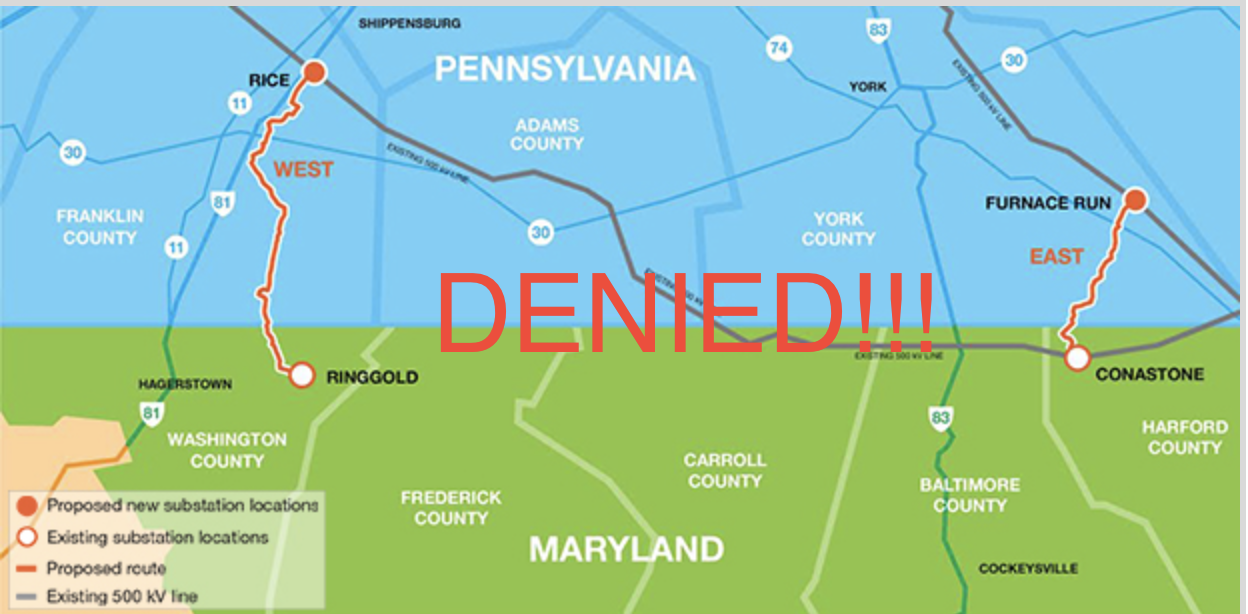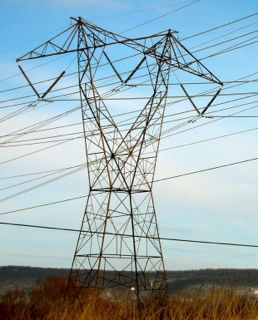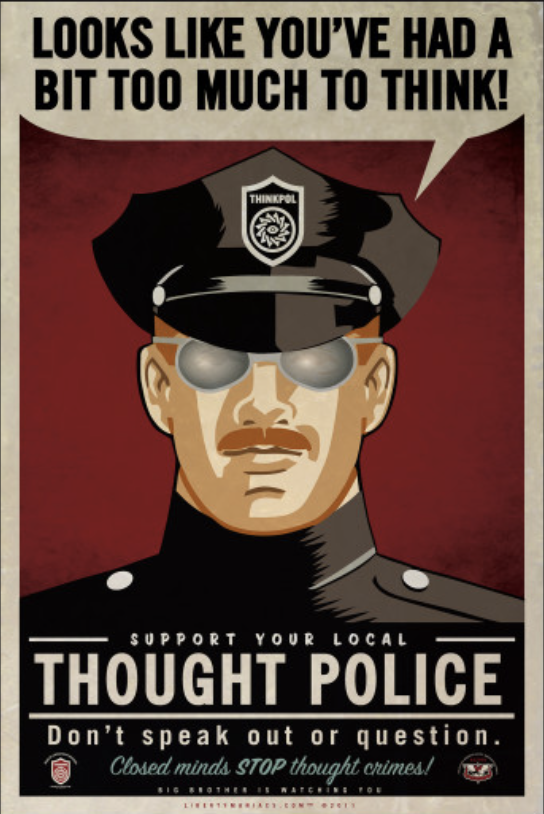On December 23, the PSC issued an order cancelling its prior briefing schedule using the existing evidentiary record, and has decided that it needs to hold a new evidentiary hearing on this matter.
New evidence!
That's exactly what is needed here!
This case is based on a complaint filed by the Missouri Landowners Alliance that purported that the project the PSC permitted has been modified by new project owner Invenergy. Invenergy tried to bat the complaint away, claiming that it hasn't made any decisions on the project yet, and is only undertaking a public thought process (in the media!) in the interest of transparency.
Yeah, right. Because every corporate money-making scheme is always debated openly in the media. Isn't it?
It seems that Invenergy's grandiose public relations campaign has accidentally inserted Invenergy's foot in its mouth. Was that what you were going for, Beth Conley? If so, it looks like you've done a bang up job! I hope you celebrated by touring a couple of transmission substations with your family over the holidays. Who doesn't love looking at that stuff?
The people and communities along GBE's route, that's who!
And, if she didn't do enough already, Beth recently claimed that Invenergy will apply for a new permit in Illinois in 2021. Was that supposed to cover up for all the mistakes? Are we supposed to now believe that maybe Invenergy is planning to build the project Clean Line has permitted? Sorry, Beth. There are still too many unanswered questions. And it looks like the MO PSC intends to get to the bottom of them.
Whoopsie!
Merry Christmas, Missouri!





 RSS Feed
RSS Feed